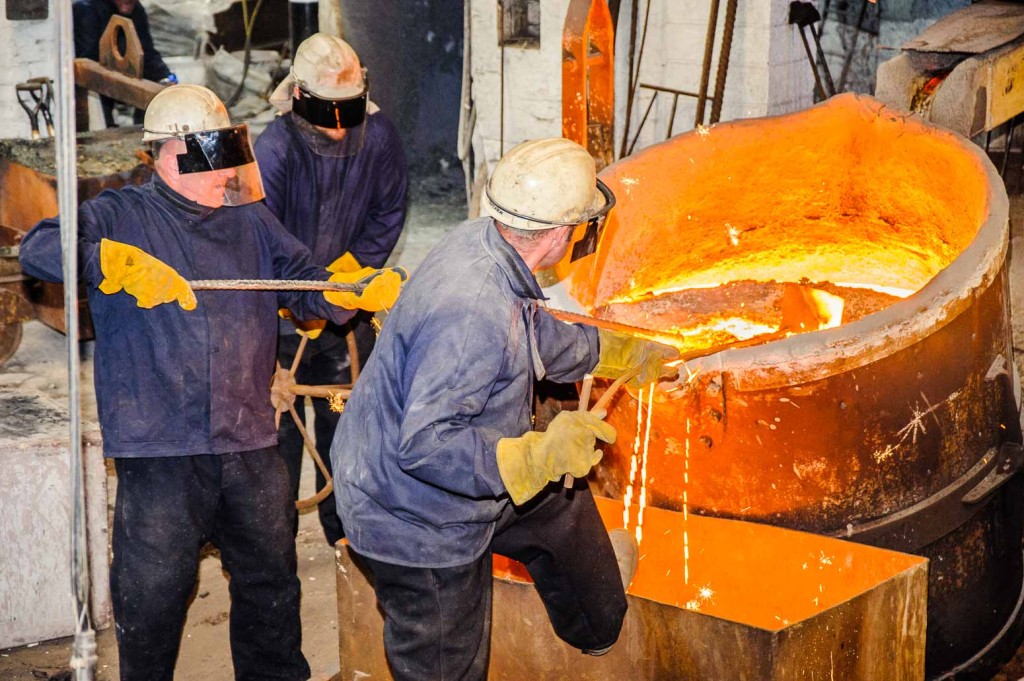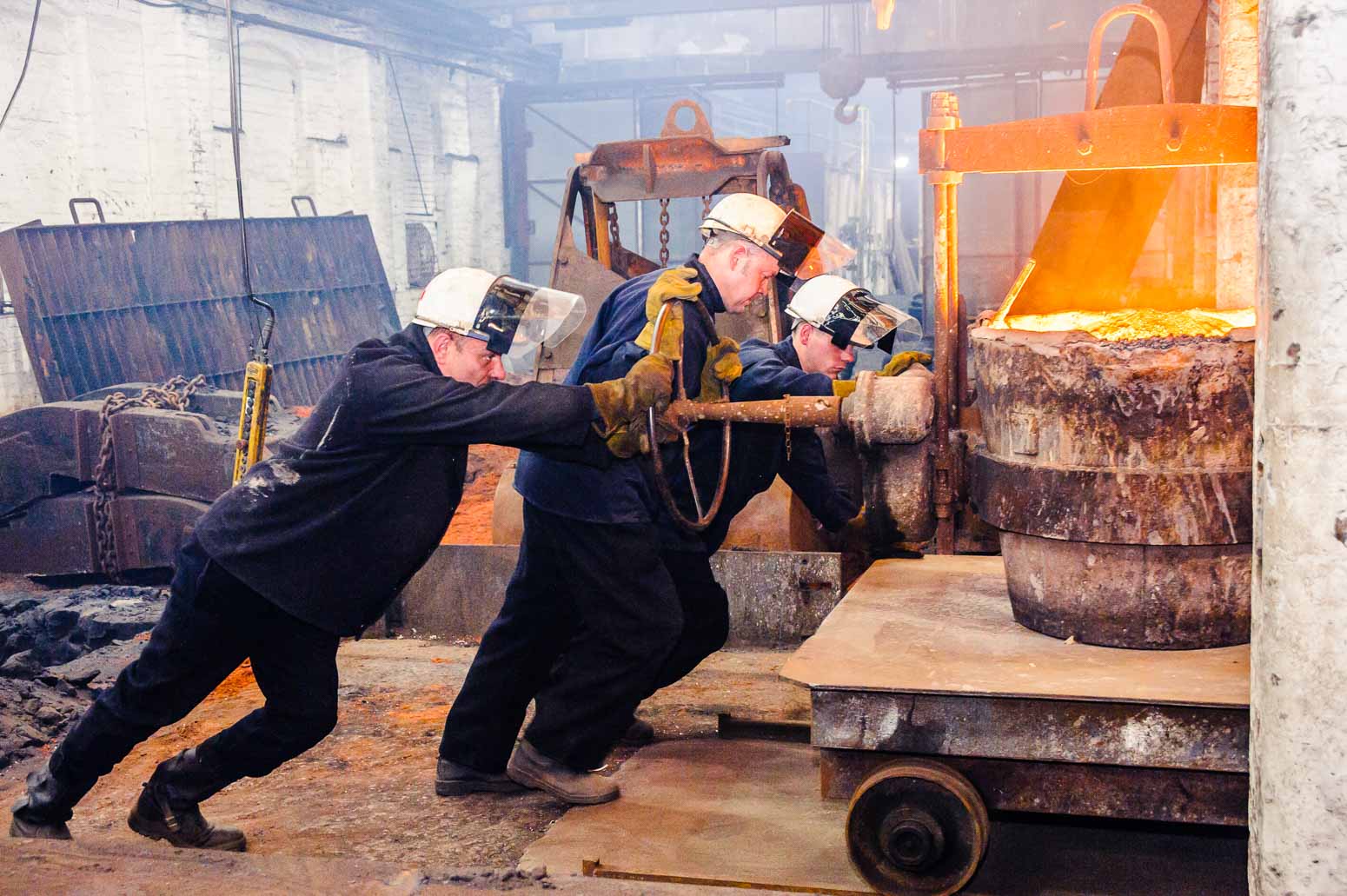
In this post I am going to consider the of semiotic genre of; ‘index’ for its emphasis on semantics or the signified / signifier, denotation / connotation relationship rather than what I perceive to be the more arbitrary general aesthetic or subject classifications of ‘landscape’ and ‘people’, for example. In this post I give a brief explanation of the indexical.
When a photograph fulfils what is arguably its primary function as indexical; the signifier has a direct link to the signified, or the indexical has a direct link to the subject, such as water to wetness, smoke to fire, echoes to an initiating sound. A photograph in its simplest form, e.g. a family snaps, or as above; of a worker tending to a furnace; is typically indexical in its recording of a scene.
Philippe Dubois has picked out photography’s authenticity in contrast to the practising ‘artists’ fortes of originality, stylistic idiom, authorship etc. compared to the photographs attestation, the bearing witness to what was photographed. This is underpinned by his assertion that the ‘meaning’ of the photograph in the first instance is pragmatic rather than semantic; its primary sense is its reference. In short we can say ‘This happened’ and not ‘This means; thereby stating its indexicality rather than iconicity’. (Scott 1999)
It is worth noting that this form is often culturally specific, as can be demonstrated by principles in Chinese photography which traditionally depicts people in full length from the position of an ideal viewer and with a posed formality. This can be contrasted with the West’s ‘surrealist’ tendencies of image making. (Sontag 1977)
Sontag, Susan 1977: Photography Within The Humanities, Editors: John Morris, Eugenia Parry, Addison House Publishers, Danbury, New Hampshire P.120.
Scott, Clive 1999: The Spoken Image, Reaktion Books, London P.31.
